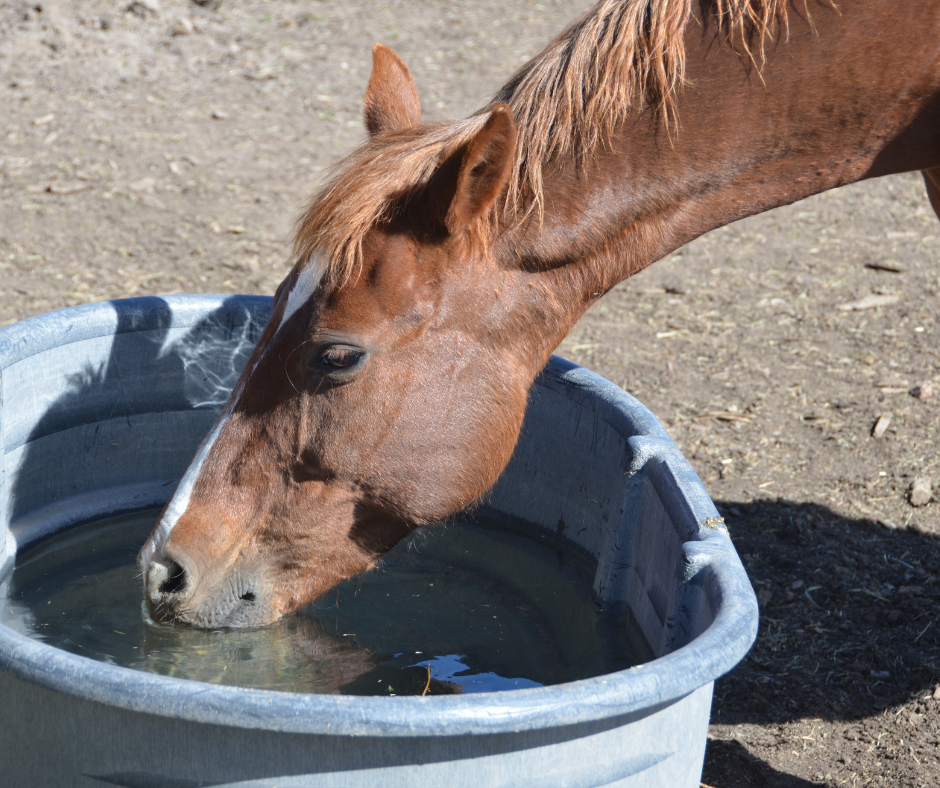
It is critical that livestock have access to water and are drinking enough, when the temperatures drop.
Many animals decrease their water intake below required amounts in extremely cold weather for a variety of reasons: not wanting to drink, unable to walk to a water source, water is just “too cold to drink” (best temp is between 45 and 65 degrees F), or water being frozen.
However, several things can be done to ensure animals do not become dehydrated:
- If a drop in temperature is predicted, make sure water is freely available before the temperature change so animals are properly hydrated before the cold weather actually hits.
- If hot water is not available in the barn, get insulated water jugs and bring it from the house. Invest in heated water buckets or a trough water heater. Make sure these are grounded, and routinely check to make sure they are working properly.
- Break ice if it forms on the water source and remove the chunks of ice. Although most animals can break through thin ice, it can deter them from drinking. Check water sources for ice at least twice a day and more often in colder conditions.
- Monitor your animal’s hydration status daily. If you do not know how, ask your veterinarian or another experienced person to train you in doing skin pinch tests and evaluating mucous membranes.
- Soaking feeds can be another way to get additional water into your animals.
In Summary:
When the temperatures drop, make sure water is accessible at all times, and that livestock are drinking enough. It is crucial to have water available at mealtimes, especially when feeding dry feeds. Researchers have shown that most animals drink the most water within three hours of consuming a meal. Finally, carefully monitor both water intake and hydration status daily, especially during extreme or rapid changes in the weather.